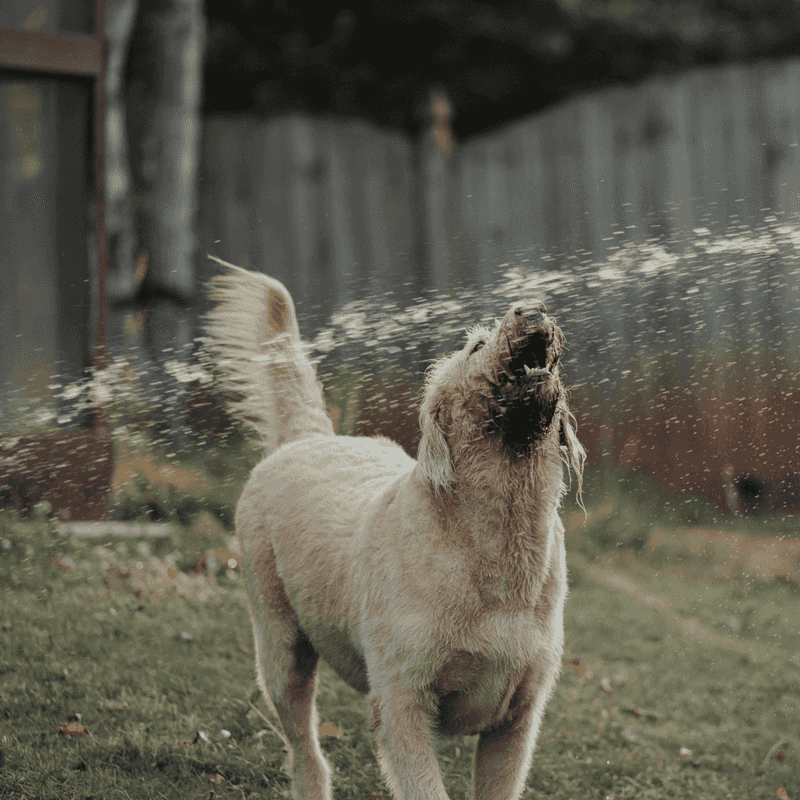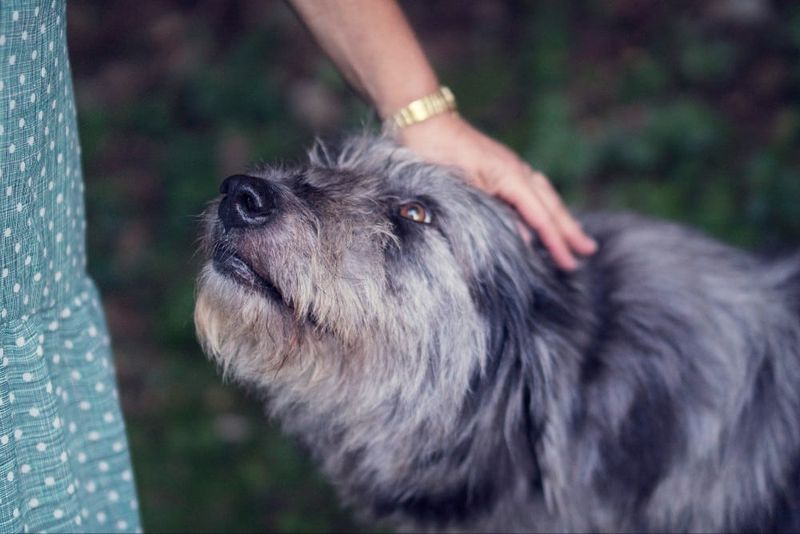Dogs, much like humans, can suffer from cognitive decline as they age. Dementia in dogs, also known as Canine Cognitive Dysfunction (CCD), manifests in various ways that might not always be obvious. Watching for these signs can help in early detection and management, ensuring better quality of life for your furry friend.
Disorientation and Confusion
Imagine coming home to find your dog not recognizing you immediately. Dogs with dementia often exhibit disorientation or confusion.
They might wander aimlessly, get stuck in corners, or seem lost in familiar places. This disorientation can be both heart-wrenching and perplexing for pet owners.
Observing these behavioral changes is crucial as they may point towards cognitive decline. Monitoring your dog’s activities and seeking veterinary advice can provide clarity. It’s essential to adapt their environment to reduce stress and enhance comfort.
Changes in Interaction
Your once sociable dog might start avoiding interaction. This change in social behavior is a significant sign of dementia.
They might seem withdrawn or no longer respond to their name or commands. The playful pup you knew could become indifferent to their favorite toys.
Understanding these shifts can be challenging. It’s imperative to acknowledge these changes to seek appropriate help. Maintaining a routine and providing mental stimulation can help manage these symptoms.
Altered Sleep Patterns
Is your dog suddenly active at night and sleepy during the day? Changes in sleep patterns are common in canine dementia.
A disrupted circadian rhythm can lead to restlessness and insomnia. These sleep disruptions can affect their overall well-being and demeanor.
Consulting with a veterinarian can offer strategies to manage these alterations. Creating a comfortable sleep environment and maintaining a consistent routine can aid in regulating their sleep cycle.
Loss of House Training
House-trained dogs having accidents indoors may indicate cognitive dysfunction. This regression can be distressing for both the pet and the owner.
It’s essential to differentiate between a medical issue and dementia. Monitoring and documenting these incidents can provide insights.
Consulting with a vet can help determine the root cause. Patience and understanding are key in managing these behaviors. Providing frequent outdoor breaks and positive reinforcement can assist in maintaining house training.
Anxiety or Restlessness
Notice your dog pacing or exhibiting repetitive movements? Increased anxiety or restlessness is a possible sign of dementia.
These behaviors can be a response to confusion or changes in their perception of their surroundings. It’s not uncommon for dogs to become more clingy or exhibit separation anxiety.
Addressing these behaviors with consistent routines can help. Providing a safe space and using calming aids might alleviate their distress. It’s vital to offer reassurance and comfort.
Decreased Activity Levels
A once energetic dog now prefers lounging over playing. Diminished activity levels can be a sign of cognitive decline.
This lethargy might be mistaken for normal aging, but it could indicate an underlying issue. Observing these changes can provide clues to their mental health.
Encouraging gentle exercises and engaging in interactive play can stimulate their mind. Consulting with a vet can ensure they remain healthy and active.
Repetitive Behaviors
Repetitive behaviors such as tail-chasing or licking can signify dementia. These actions might appear harmless but can indicate more profound issues.
Their persistence in these behaviors can interfere with daily activities. Recognizing and addressing these signs is crucial.
Seeking guidance from a vet can help in managing and understanding these behaviors. Offering mental stimulation and physical activities can distract them from repetitive habits.
Unusual Vocalizations
Barking or whining more than usual might be a sign of cognitive dysfunction. These vocalizations can occur at odd times and seem unprovoked.
Their increased vocal tendencies may be a way to express discomfort or confusion. Observing these changes can provide insights into their mental state.
It’s important to rule out pain or other health issues. Providing comfort and understanding can ease their anxiety. Using calming techniques can reduce unnecessary vocalizations.
Changes in Appetite
A sudden lack of interest in food or overeating can be a dementia sign. These changes in appetite may coincide with other behavioral shifts.
Monitoring their eating habits is essential to ensure they maintain a balanced diet. Consulting a vet can help determine the underlying cause.
Adjusting their diet or feeding routine might be necessary. Offering a variety of foods can stimulate their interest and ensure nutrition.









